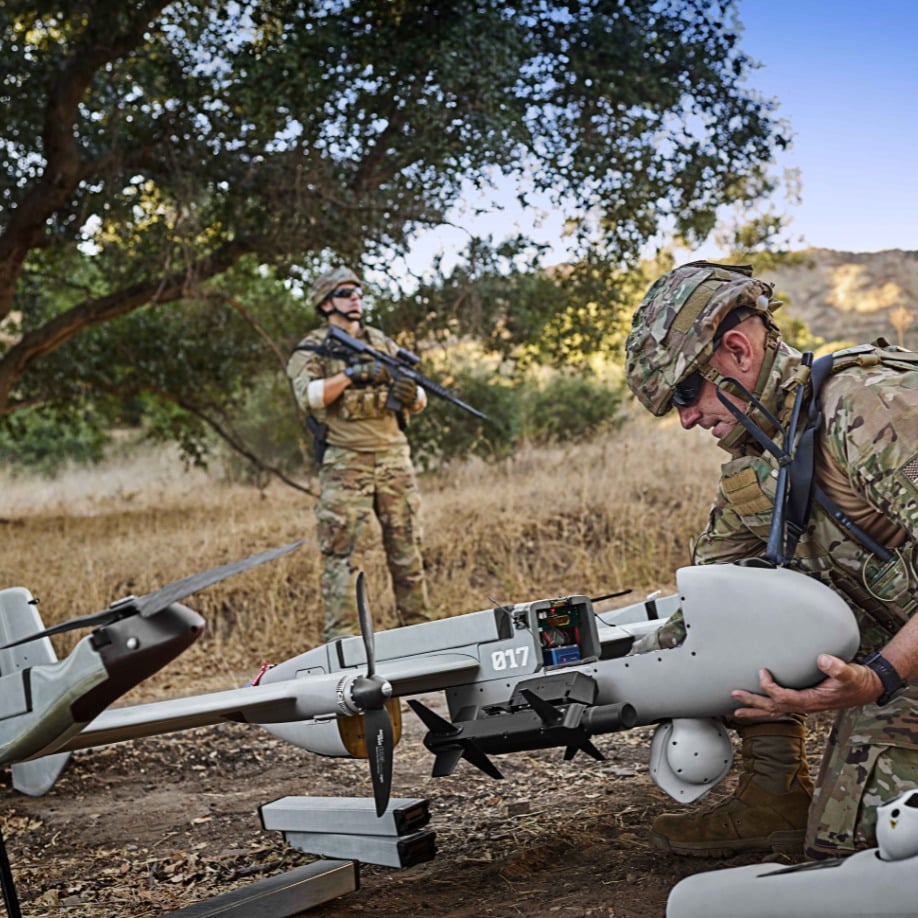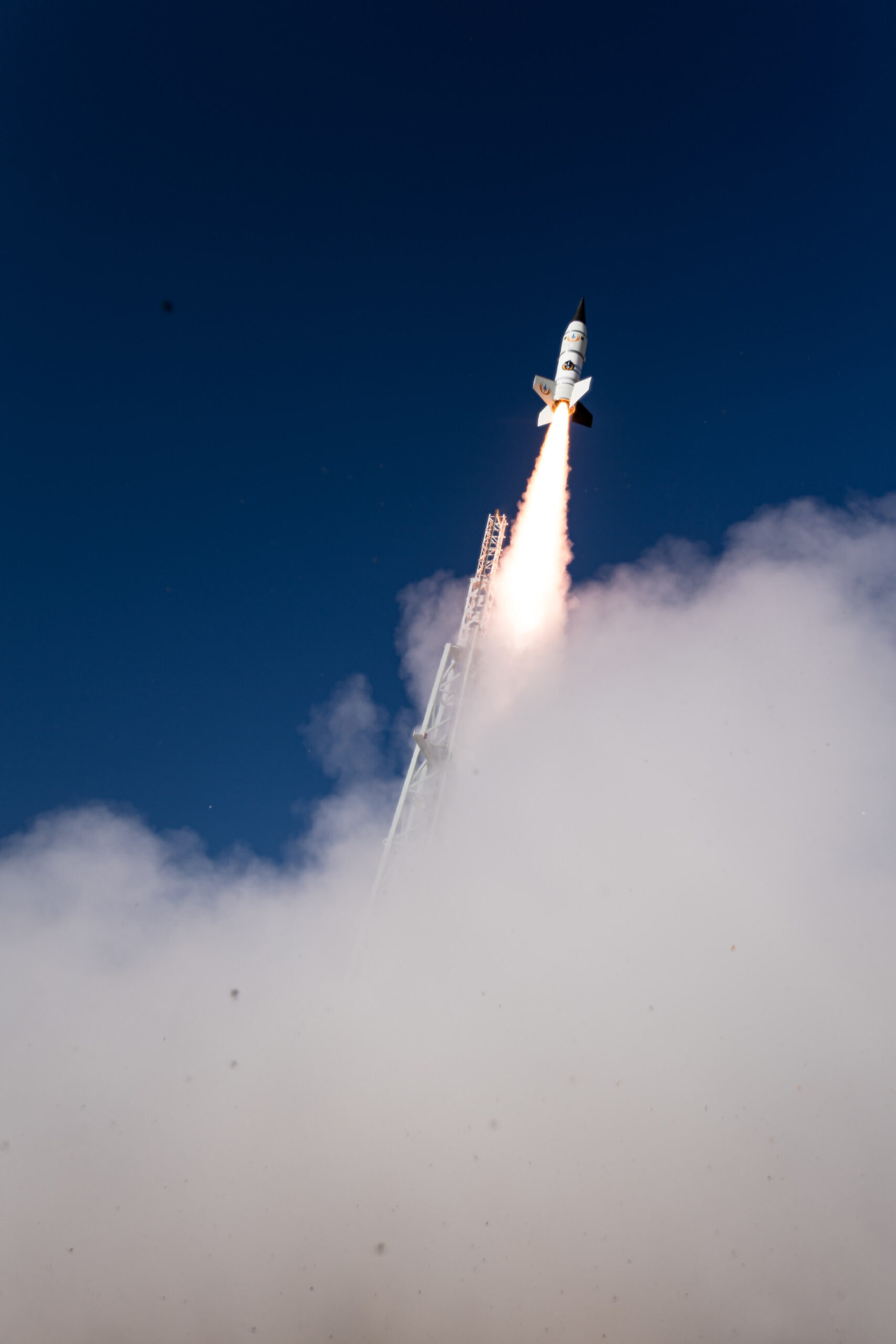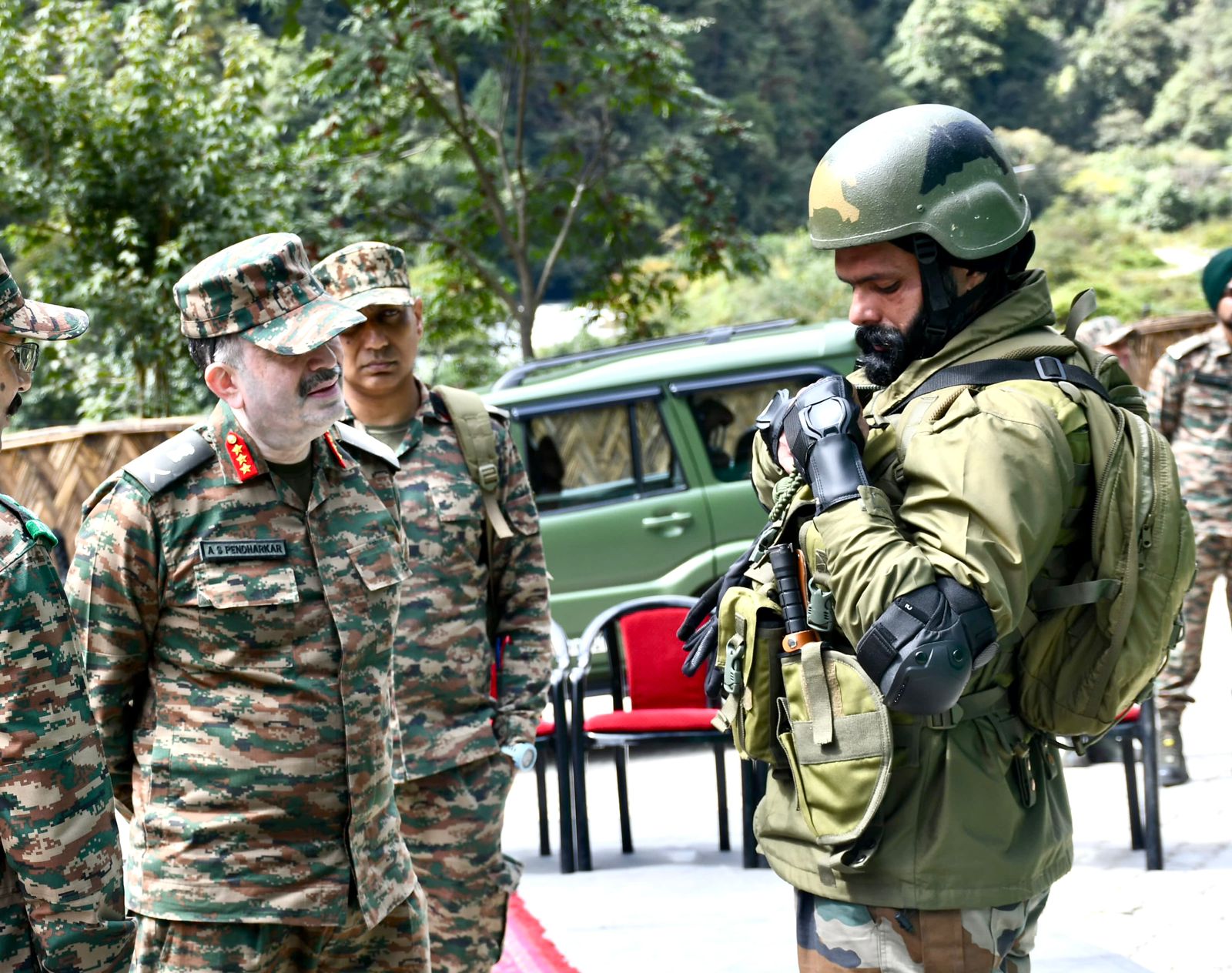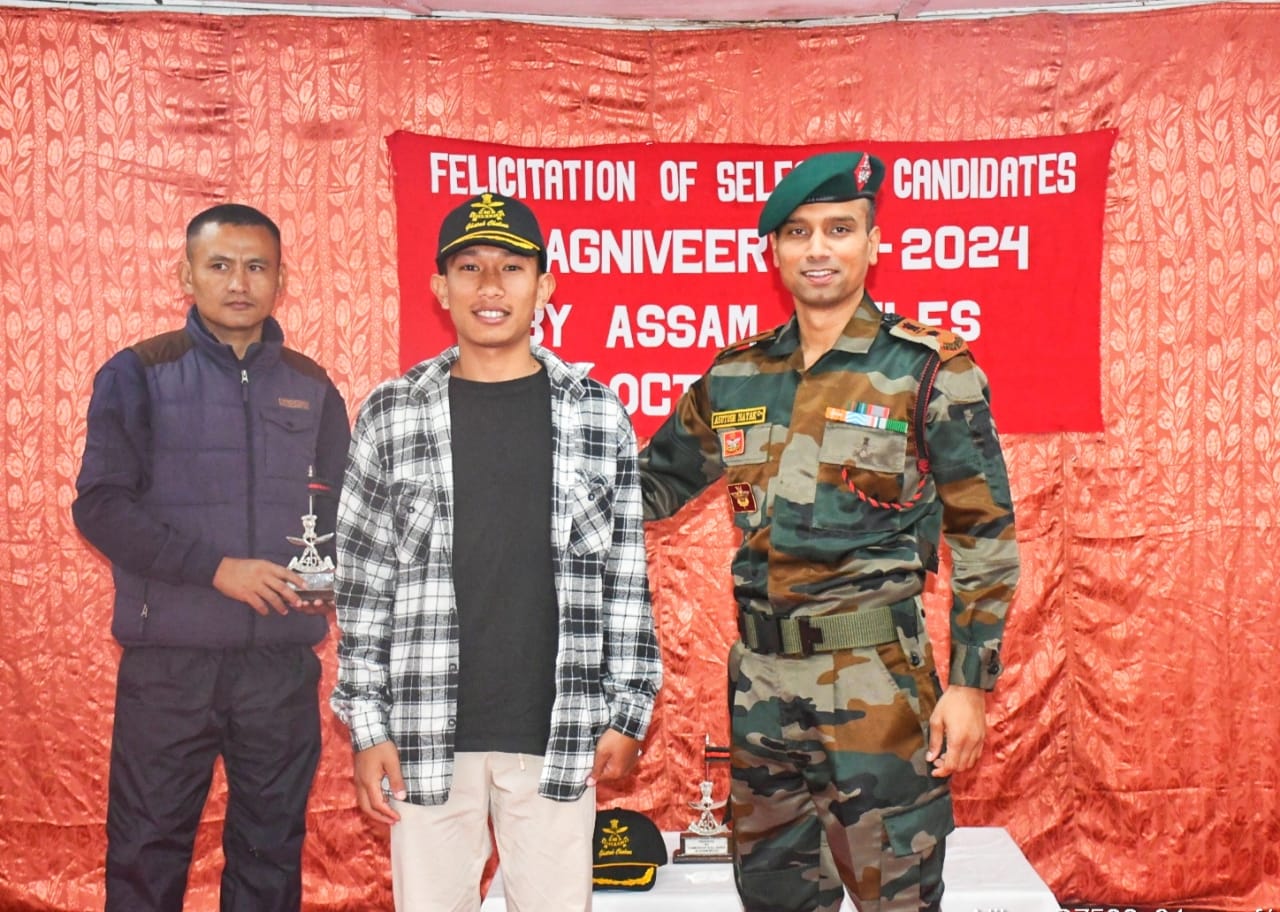AeroVironment Introduces Adaptable Drone for Dynamic Battlefield Environments
AeroVironment Introduces P550 Uncrewed Aircraft System for US Army Reconnaissance Program AeroVironment has made a significant advancement in military aviation…
X-Bow Systems Achieves Successful Test of Solid Rocket Motor
X-Bow Systems Makes Strides in Solid Rocket Technology with Successful Bolt Rocket Launch Defense manufacturing firm X-Bow Systems has achieved…
Ukrainian Pilots Finalize Royal Air Force Training for F-16 Operations
UK Royal Air Force Training Program Marks Milestone with 200 Ukrainian Pilots Graduated The UK Royal Air Force (RAF) has…
Lt Gen AS Pendharkar Reviews Forward Deployed Units in Arunachal Pradesh
Lt Gen AS Pendharkar, General Officer Commanding (GOC) of Spear Corps, visited units deployed in the forward areas of Arunachal…
Indian Navy Boosts Disaster Relief Operations Ahead of Cyclone Dana
In anticipation of Cyclone Dana’s severe impact along the coast of Odisha and West Bengal, the Indian Navy is gearing…
Assam Rifles Organises Felicitation Ceremony for Agniveer Candidates in Manipur
In a gesture of recognition and encouragement, the Assam Rifles organized a felicitation ceremony for Agniveer candidates from Ukhrul and…






